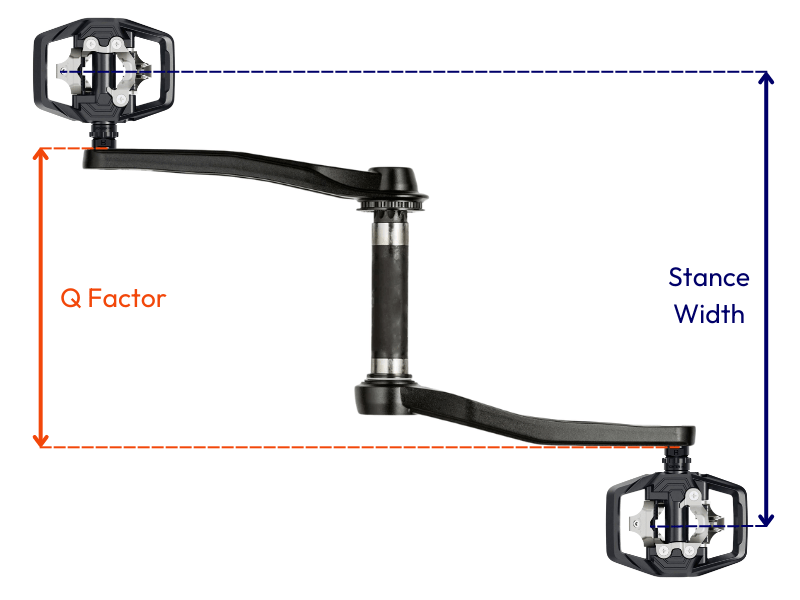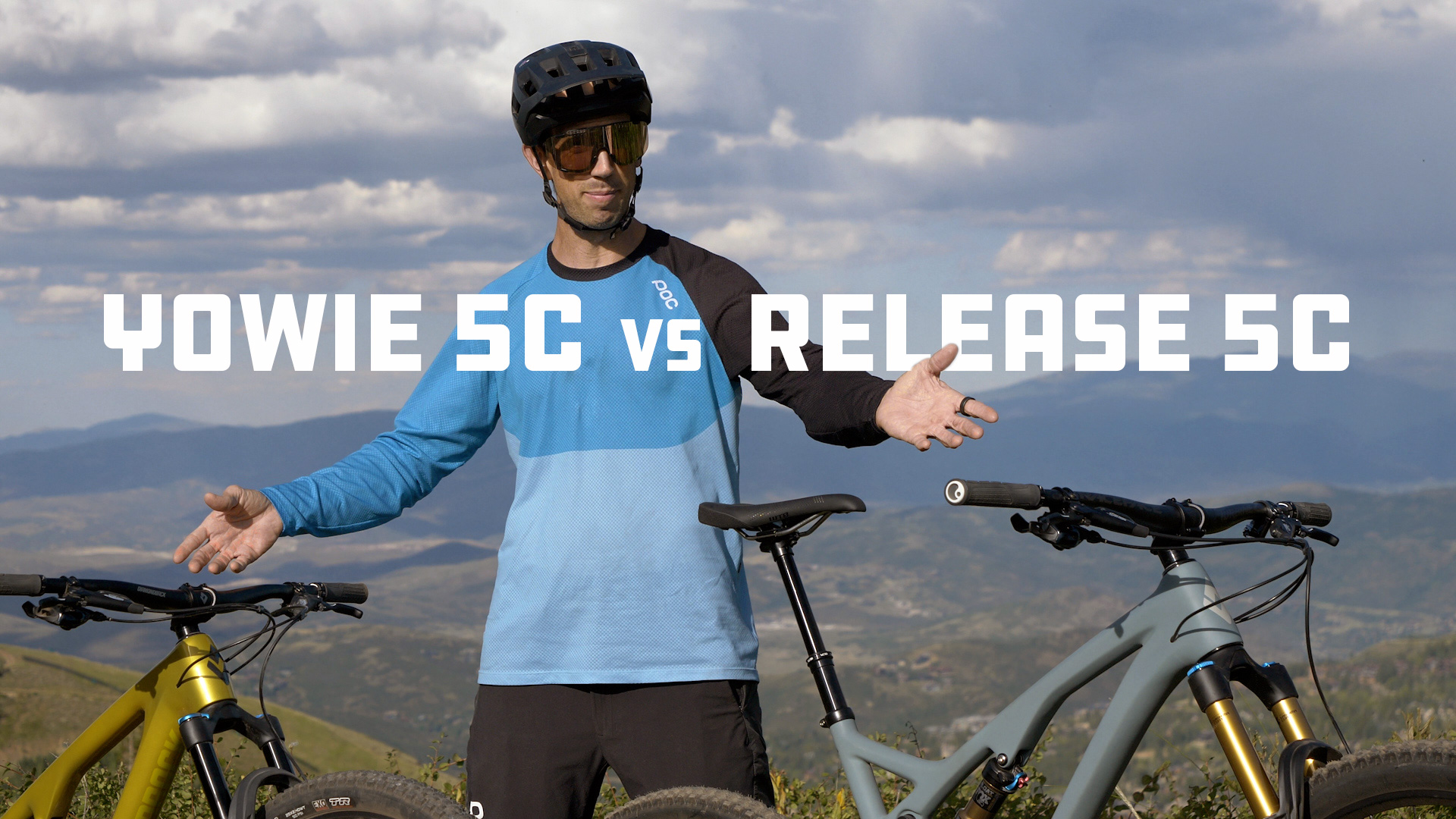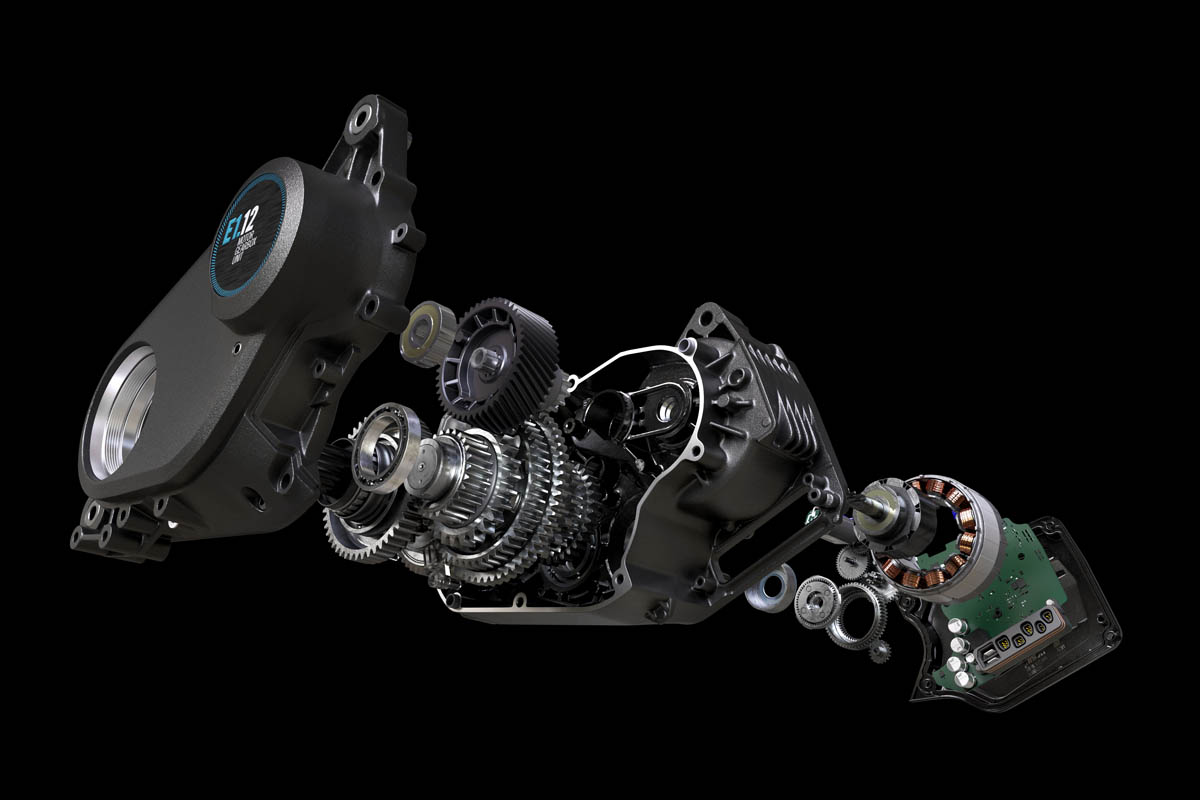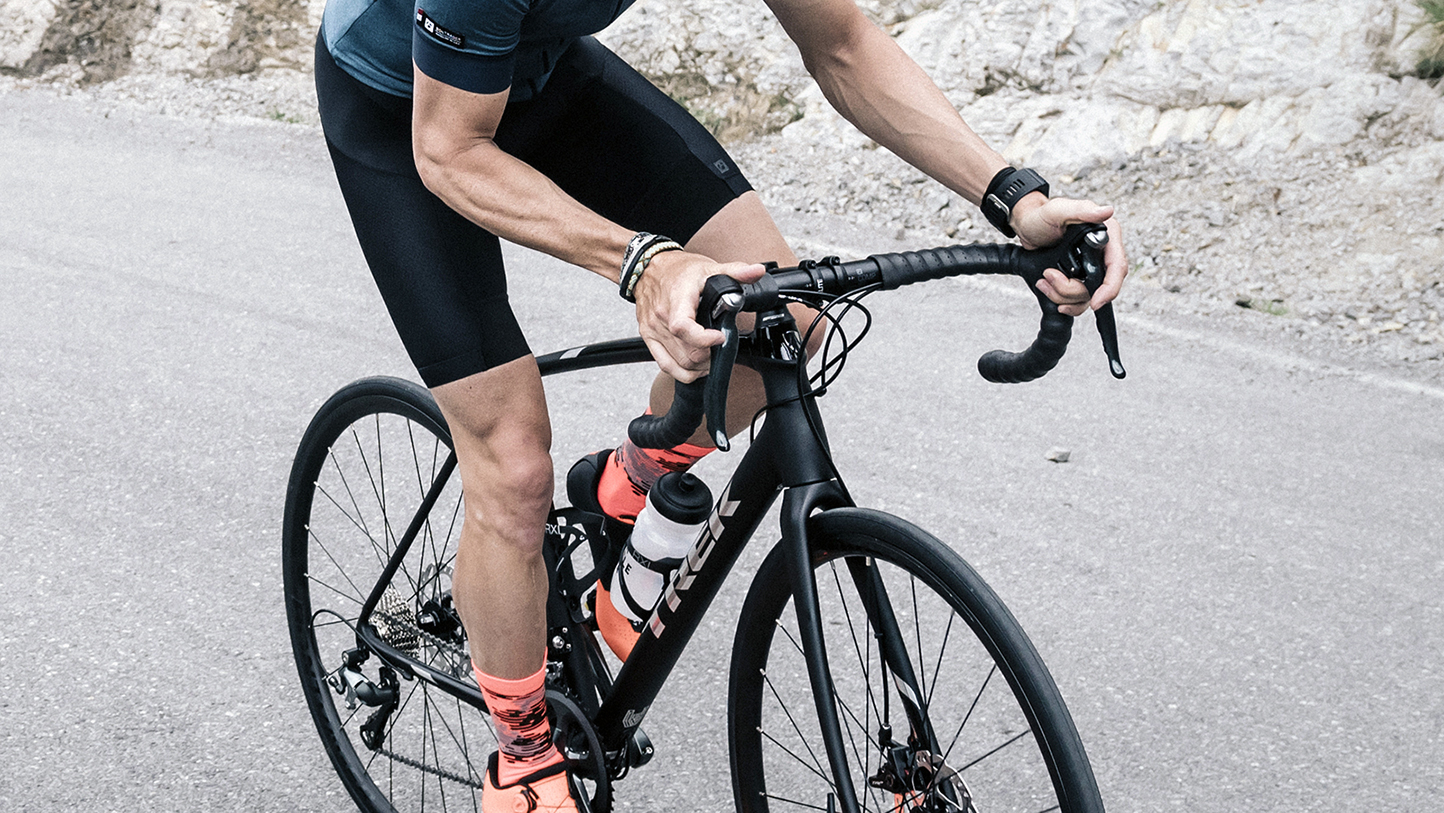Everything You Need to Know About Cycling Q-Factor
Cycling Q-factor, or the horizontal distance between the outside of one crank arm to the outside of the opposite crank arm, is a critical yet often overlooked aspect of bike fit.

Cycling Q-factor, is a measurement which directly influences your stance width on the bike, essentially determining how far apart your feet are (aka stance width) when pedalling.
Why is Cycling Q-factor important?
It’s all about alignment. A correct Q factor helps align your hips, knees, and ankles, reducing the risk of injury and increasing pedalling efficiency. If the Q factor is too wide or too narrow for your body’s natural stance (and mobility), you can experience strain in your joints (often your knees), resulting in discomfort and which can lead to long-term issues.
The importance of Q Factor lies in its ability to match your bike’s geometry to your body’s natural alignment. An incorrect Q Factor can lead to discomfort, decreased efficiency, and potential injuries over time. It affects how you sit on the bike, your pedaling mechanics, and ultimately, your overall riding experience.
Common Issues from the Wrong Cycling Q-Factor / Stance Width
Q factor issues are often overlooked, and can occur with both a Q factor that is too narrow or too wide. Here are a few of the most common issues you might be experiencing that are related to improper q factor and stance width:
- Pressure on the Outside of Feet: too narrow a Q factor can lead to excessive supination, causing pressure along the outsides of the feet. Some riders will mistake this for their shoes being too narrow.
- Medial Knee Pain: Pain on the inside of (usually both) the knees, can often be due to insufficient stance width. This is often accompanied with knees that track outwards (away from the centreline of the bike) over the top of the pedal stroke.
- Lateral Knee Pain: Pain on the outside of (usually both) the knees, can often be due to excessive stance width. This can often feel like IT band related pain.
- Saddle Discomfort: A Q factor that is too narrow can result in an unbalanced saddle interaction (rocking or listing), affecting comfort.
These points highlight the need for adjusting the Q factor to ensure a comfortable and efficient riding experience.
How to Adjust Cycling Q-factor and Stance Width
Your Q factor and stance width are made up of 4 key elements:
- Bike/frame (BB width)
- Cranks
- Pedals
- Cleat/foot placement
For all but the most committed of riders, changing your frame is unlikely to be a step you take when trying to dial in the right q factor. However, it is certainly worth considering when shopping for a new bike. For most riders, this difference will be the most apparent between disciplines, with track, triathlon and TT bike having the narrowest q factors, next with road bikes, then MTBs, and for anyone that’s ridden a fat bike the q factor is immediately noticeable as much wider. In general the wider the tires of the bike, the bigger the q factor needs to be to accommodate.
Cranks also play an important role in determining your bikes overall q factor, though similar to frames, this is a change that requires considerable commitment. So in practical terms, most riders will have to take their q-factor as a given for their bike, and seek to change their stance width via their pedal system and cleat placement.
The most simple way to adjust your stance width on the bike you have is to adjust your cleats on your shoes.
- Move the cleats towards the inside of your foot to increase stance width.
- Move the cleats towards the outside of your foot to decrease stance width.
For a full guide on how to set up your cleats properly, check out our post Cleat Positioning 101.
Pedal Q-Factors
As if there weren’t enough factors to consider when choosing a new set of pedals, many pedal systems also have different (though similar) width. While technically Q factor is measured as the distance between the outside of each crank arm, the width of pedals that contributes to your overall stance width is often also referred to as q factor. Simply enough, the measurements listed are the added distance from the face of the crank arm (where the pedal screws into the crank), to the centre of the pedal body (which aligns with the centre of the cleat).
These listed measurements should be used as a baseline, a with many pedal/cleat systems there is a +/-2.5mm or greater amount of lateral cleat adjustment on the shoe to further fine tune your q factor.
To make things as easy as possible, we’ve assembled all the most popular pedals in 2024 and listed their q factors as provided by the manufacturers.
Shimano
SPD-SL Cleats
| Pedal Model | Stance width (mm) |
| Dura-ace PD-R9100
Dura-ace PD-R9100 (+4) |
52mm
56mm |
| Ultegra PD-R8000
Ultegra PD-R8000 (+4) |
52mm
56mm |
| 105 PD-R7000 | 52mm |
| PD-R550 | 52mm |
| PD-RS500 | 52mm |
SPD Cleats
| Pedal Model | Stance width (mm) |
| XTR XC RACE PD-M9100 XTR XC RACE PD-M9100 (-3mm) XTR Trail PD-M9120 |
55mm
52mm 55mm |
| XT XC RACE PD-M8100 XT Trail PD-M8120 |
55mm
55mm |
| PD-M540 | 55mm |
| PD-ME700 | 55mm |
| PD-M520 | 55mm |
Look
| Pedal Model | Stance width (mm) |
| Keo Blade | 53mm |
| Keo 2 MAX (Carbon) | 53mm |
| Keo Classic 3 (plus) | 53mm |
| EXAKT | 54.6mm |
Time
ICLIC Cleats
| Pedal Model | Stance width (mm) |
| XPRO 15/12/10 | 53mm |
| XPRESSO 7/4/2 | 53mm |
ATAC Cleats
| Pedal Model | Stance width (mm) |
| SPECIALE 12/8 | 54mm |
| XC 12/8/6/4/2 | 54mm |
| MX 6/4/2 | 54mm |
| DH 4 | 54mm |
| LINK | 54mm |
Wahoo/Speedplay
| Pedal Model | Stance width (mm) |
| Nano Road | 53mm |
| Zero | 53mm, 56mm, 59mm, 65mm |
| Comp | 53mm |
| Aero | 53mm |
| Powerlink Zero Single/Dual | 55mm |
Crank Brothers
| Pedal Model | Stance width (mm) |
| Mallet Trail/Enduro/DH | 57mm |
| Candy 11/7/3/2/1 | 52mm |
| Egg Beater 11/7/3/2/1 | 52mm |
Garmin
| Pedal Model | Stance width (mm) |
| Rally RS100/200 | 53mm |
| Rally RK100/200 | 53mm |
| Rally XC100/200 | 53mm |
Assioma
| Pedal Model | Stance width (mm) |
| Assioma PRO MX-1/2 | 53mm |
| Assioma UNO/DUO | 54mm |
| Assioma DUO-SHI | 64mm |
Other References
If you’re looking to learn more about cycling q-factor, here are a few of our favourite articles and videos.
What's Your Reaction?
































































